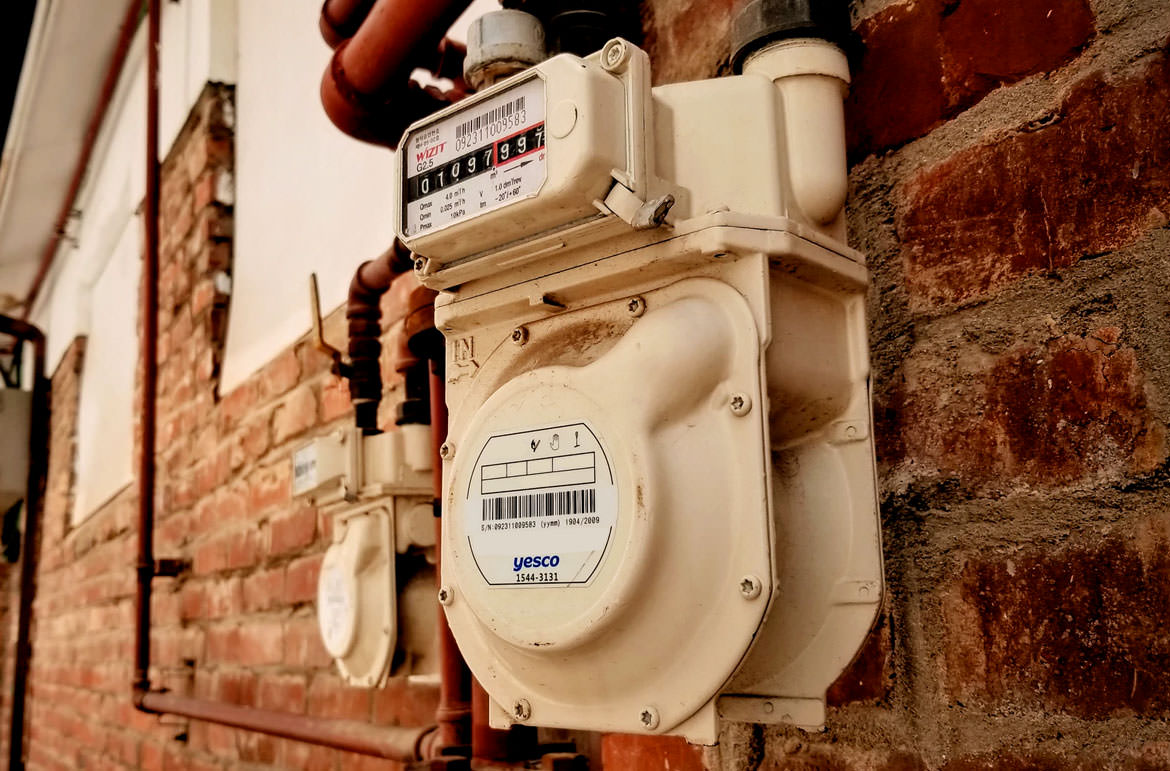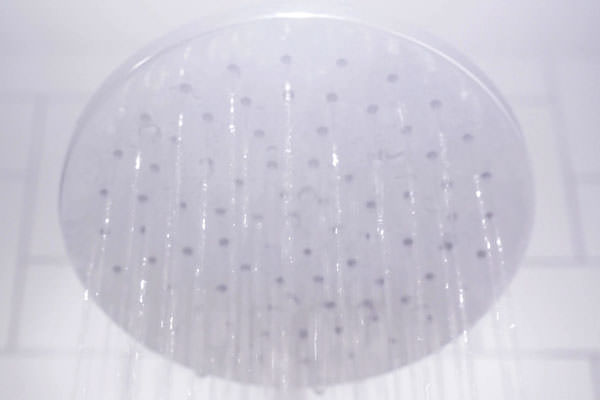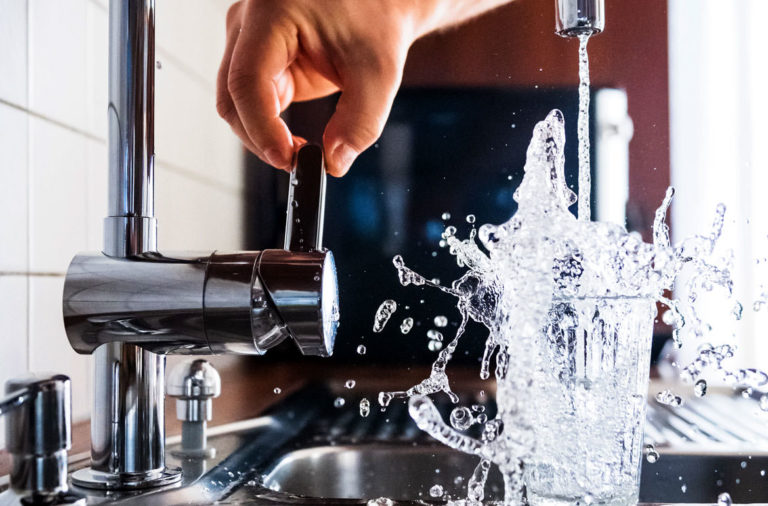
When planning your granny flat plumbing, you will at some point ask; What are my granny flat water meter options?
One option is to have no meter. You don’t have to have a separate meter for a granny flat. What this means is the occupier of the main residence will have to pay the water bill for the entire property. Under the Residential Tenancy Act, if you want to enforce water usage charges to a tenant, you have to have a meter for it… And there is also an added ‘service’ charge the landlord needs to be. More on this below…
In today’s article we cover water meters for your secondary dwelling and the facts you need to know.
DON'T PAY A FORTUNE FOR YOUR GRANNY FLAT. Find out how to deal with council and build a granny flat for the lowest cost possible. Learn More.
I do this with the help of David Mikkelsen the owner of Fluid Plumbing. One of Australia’s largest plumbing companies.
So, lets jump right into it.
First; What are the Benefits of a Separate Water Meter for your Granny Flat?
With the installation of a separate meter to measure water flow to the granny flat you can legally charge a tenant for their water used.
However, there is another rule you must abide by. And I will cover this later in the article.
Basically; if you have a separate meter you can record water usage.
The council will not read this separate meter however. It will be up to you or the real estate agent (If you decide to manage the property through an estate agent). If you don’t have a water meter installed you could technically come up with an agreement with a tenant and say:
“Please pay me $50 month for water”
Or whatever your agreement is. But If they decided not to pay you, you’ve got nothing to stand on without the meter fitted.
NOTE: You’re not allowed to have two separate connections from council’s water supply. The water supply comes off the main meter to the house. Hence the reason that council won’t be involved with the meter readings.
Where is the Best Place to Install the Water Meter?
Before deciding, the main question you need to ask is:
- Who will be reading this meter and how accessible is it?
If you’re going to rent it out through a real estate agency you want to put that meter in a spot that the agent can read it easily. For an investment property; if the two buildings (primary and secondary dwellings) are rented separately, the main house might not want to let the real estate agent come into their yard.
So, you need to plan how the meter can be read if you decide to rent your main house at some point as well.
Which Meter Should You Choose?
Like everything in life, there is large choice of products to choose from. With water meters however, life is easier. Depending on what local council you live in, all of the plumbing suppliers will stock the same meter as what is allowed for your area.
This means you don’t need to worry about “choosing the right brand”
David mentions:
“Here on the Central Coast of NSW there is a certain style of meter we use, and all of the local plumbing suppliers stock that meter. If we go up into Newcastle it will be a slightly different meter, but all of the suppliers in Newcastle will stock that.”
Sourcing a Cheap Water Meter
You should expect to pay over $200 for a water meter, however you might be tempted to shop online and find a cheaper deal, perhaps even from overseas.
The problem is, it may not be watermarked and legal to use in Australia if sourced yourself. And if you find a dodgy product online, you run the risk of it not being legal. This means you will have to buy it through a licensed plumbing suppliers store.
The main reason is there are standards set by Australian Law.
You also need to ensure a meter can withstand the pressure going through it. And it will be showing an accurate recording of water flow.
NOTE: Anything that’s installed in Australia has to go through the Australian water marketing process, which says it’s allowed to be installed in Australia.
How Long Does a Water Meter Last?
Expect a water meter to last up to 50 years.
The Australian Standards are quite high, to ensure longevity of products such as water meters.
If a water meter does fail, David mentions it is simply better to just replace it.
What to Do in High Pressure Areas
There are some areas (especially by the coast) where water pressure varies greatly.
Where I live, there is a giant water tank at the top of a hill. The water pressure to the homes at the top of the hill, near the water tank is quite low. However; the houses near the bottom of the hill will have a lot more water pressure fed to them.
So, you can put in a pressure reduction or a pressure limiting valve for the water entering your property.
- David mentions:
“Depending on the pressure where your house is located, it would be advisable to have a pressure limiting valve. Because your hot water heater, your tap ware manufacturers, and even the pipe manufacturer won’t warrant their products if the pressure is to high and something breaks”
The Australian standard says you shouldn’t have over 500 KPI pressure in your pipework.
So, if all of your attachments:
- Your hot water heater,
- Any filters that you’re running at in your house,
- Dishwasher etc. are being fed a higher pressure you could be asking for trouble.
If you’ve got 700 KPI pressure coming into the home and that appliance or fixture ruptures and you were to get a warranty person to come out, the first thing they will do is test your pressure. If your pressure is over 500 KPI, you will be told: “Sorry, this isn’t covered by warranty.”
What to Do in Low Pressure Areas
On the flip side there are some areas that have very low pressure, and that can also be a problem.
If you were in a low water pressure area and now, you’re adding a granny flat to that house, you might not get great flow from that water as the addition of the granny flat will affect the pressure even more.
Think about a shower with very low pressure… It isn’t enjoyable. You can add a pump where it sucks water out of the main and pressurises the lines. This will boost the mains water pressure.
Your plumber can put a gauge on your water meter, test what the pressure is, and they will be able to advise you on what to do.
The Plumbing Rule That Catches Granny Flat Landlords Out
A law has recently changed and all granny flats with a water metre MUST have a separate water metre with a water number e.g. Two separate bills; that means the landlord has to pay for two services the tenant only pays for usage. You should no longer have what they called “water metre for flow only”.
Also, under the Residential Tenancy Act it also says if you are going to charge your tenant for water, then they must have a water efficiency test.
The summary of this test says all of the tap ware must meet certain flow restrictions. Which is nine liters a minute for your taps and showers. And the tap wear cannot exceed this flow rate. If it does, you won’t (legally) be able to charge your tenants for water usage in that dwelling.
You will have to source tap ware (taps and shower heads) that limit the flow of water to 9l/min.

Buying the right shower head is a breeze these days
This is basically to say if you had very old tap ware, some of those could be running at 20 liters a minute. With someone washing their hands using 20 liters a minute, well, you waste a lot of water. So, under the Residential Tenancy Act you have to have these flow restrictors, or water efficiency devices, installed in the taps in order to pass on the water bill.
The great news is that David mentions if you source tap wear from a reputable source this won’t be an issue, as all current Australian watermarked products abide by this law anyway.
NOTE: The flow of 9l/min is not restricted to all taps. Only for your shower and your hand basin in the kitchen.
Therefore, if you happen to have an outdoor shower for example and it was flowing water much faster then this, it won’t be an issue for a landlord.
Conclusion
You don’t need to have a water meter feeding water to your granny flat. However, it is strongly advised if you plan on renting out your granny flat. It will be the only way you can insist tenants pay for water usage.
You will also need to ensure you fit the correct tap wear to make sure the water flow is under a specific requirement as well. These two “boxes” need to be ticked so-to-speak in order to take payment for water usage along with rental income.
I personally had a water meter fitting to our granny flat at the same time all the plumbing was installed, I figured it was easier to do it then as they last for decades. I felt secure I wasn’t wasting my money if I decided not to rent it out.
There is also a lot less stress in having to decide which water meter you should use. The local council has already done this for you. Chat with your local plumber to understand where best to place the meter and enjoy greater control of what you can charge tenants in the future.










